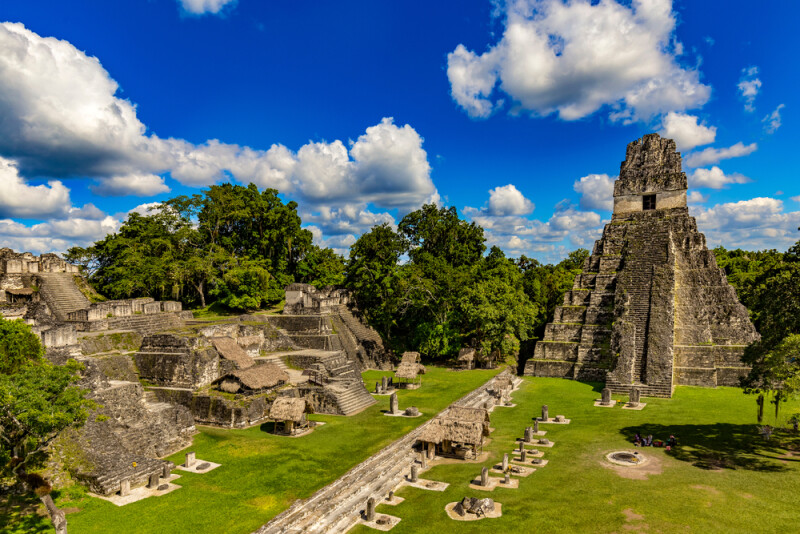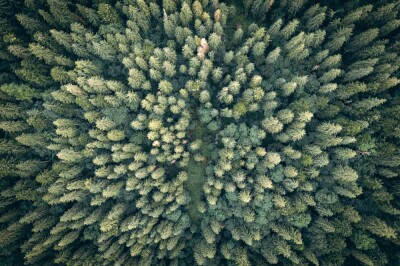The geospatial industry touches so many different parts of our lives and is so wide-ranging that it can be a challenge to keep up with all of the various subsections. That is why, every other week, we sweep the internet to find some stories that can highlight where things are in the industry today, ideally in a way that touches all different aspects of the sector. Today, we are highlighting the industry by looking at stories about how lidar was used to discover a lost Mayan city, the effects solar storms can have on GNSS, and technological evolution in the land surveying sector.
Find links to the full articles below.
A Lost Mayan City Has Been Found With Laser Mapping
Anna Lagos | WIRED
The Mayan civilization has long fascinated archeologists, and even all these years later we are continuing to learn more about one of the most advanced civilizations of the ancient world. Part of the reason so much remains a mystery is that much of Maya was under the Mexican and Central American jungle, making it very difficult to survey these locations and discover new cities and settlements. With its ability to penetrate much of this vegetation, lidar is helping archeologists discover significantly more about the civilization. This article highlights one recent breakthrough in which a previously lost city was discovered using aerial lidar.
Yes, Solar Storms Can Ruin Your GPS Day
Gavin Schrock | GoGeomatics
Throughout this year places all around the world have been able to see the Northern Lights in ways that these areas are not used to due to our entering the peak of Solar Cycle 25. We’ve covered this a little bit at Geo Week News earlier this year, and in this article Schrock goes further into the effects this natural phenomena can have on GNSS. Given how much more reliant so many industries and technologies are on precise location readings, this has real implications if surveyors and others don’t prepare.
Precision matters: Exploring the latest technologies in land surveying
CCE News
Land surveying is one of the oldest professions on Earth, dating back as far as ancient Egypt depending on your definition of the job. Unlike some other well-established spaces, though, surveyors have long been among the first to adopt many technologies, including UAVs. This article highlights that evolution of technologies in land surveying, and how much has really changed over the last couple of decades as technological innovation has accelerated.







